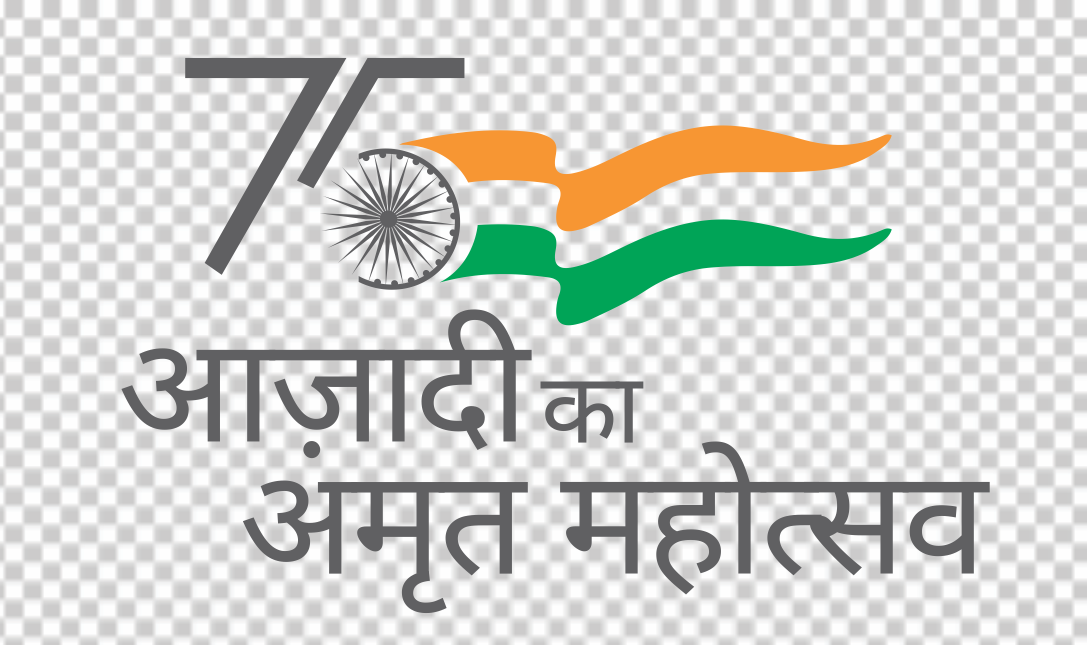How Electric Vehicle Charging
Infrastructure, can be simplified in India ?
How Electric Vehicle Charging
Infrastructure, can be simplified in India ?

Devansh Gupta
IT, AI, ML, Green Aviation and EV Specialist, IISD
The Historic Background
While talking about the typical invention of electric cars, the credit goes to many people, who have taken leadership in their intensions at the different time of history. First, in 1828 Anyos Jedlik invented an electric motor and, using his motor, he also created the small electric car. Then, between 1832 and 1839, Scottish inventor Robert Anderson also developed a crude electric carriage. Moreover, in 1996, in India, the first electric vehicle was invented, which was a three-wheeler, developed by Scooter's India Pvt Ltd, and it was named VIKRAM SAFA. Approximately 400 vehicles were made and sold, during those times. Again, subsequently, in 2000, a Indian Public sector Company, BHEL developed an eighteen-seater Electric Bus,
which draw everybody's attention, and became very popular too. Then approx. 200 electric vans were made and ran in Delhi. But it did not do that well in the market as cost of the battery was very high, with lower life span. Electric vehicles even although, came into existence in the 19th century; they did not do that well in the market earlier; because of its high cost, low speed, and short-range. So initially, the demand declined worldwide. However, they have been used for transportation and public transport, especially in rail vehicles. As the concern for the environment protection, increased in 21st century, as gasoline and gas-powered vehicles emit a lot of smoke and are incredibly harmful to the atmosphere; the interest and demand, in electric vehicles increased proportionately. Electric cars were popular among those, who used them in the city, where they were required within short-range of daily travels. Another reason that gave it a boom was that there was no requirement to change the gears, making it an easy option of driving or handling. It did not have vibration sounds or any other sound also. It did not require a manual start, which was also an additional plus point. Due to a lack of power infrastructure, acceptance of electric vehicles was hampered. In a bid to overcome the limited operating range of electric vehicles and the lack of recharging infrastructure, an exchangeable battery service was first proposed in 1896. In 2007, in India, Hero cycles, in partnership with UK-based ULTRA Motor, launched a series of bikes, which became very popular during that period of time. These electric bikes, at that period, other companies named Electrotherm India, TVS Motor, Hero electric,
etc also became popular.
They were manufacturing and selling, along with their spare-parts and products. Furthermore, in 2017 Etrio raised over 3 million in funds from HNIs and set out to transform, existing fuel-powered commercial vehicles, into electric variants, thus benchmarking efficient and eco-friendly transportation. The significant popularity of electric rickshaws dominated the entire market. Statistics, say in 2016-17 about 500,000 e-rickshaws were sold in India. It served as an excellent support for the population to commute daily. The primary use of these rickshaws is in Delhi NCR currently. The government is now rapidly targeting majorly polluted cities to increase the use of electric vehicles. A scheme called FAME, i.e.,
"Faster Adoption and Manufacturing of Electric and Hybrid Vehicles in India", is being launched, where a subsidy is being given to 11 cities in India, for launching electric buses, taxis, and e-rickshaws. The targeted cities include Ahmadabad, Delhi, Bangalore, Jaipur, Mumbai, Lucknow, Hyderabad, Indore,
and Kolkata, plus two cities - Jammu and Guwahati, under a particular category. In addition, Hyderabad
also played a vital role to setup various charging stations at different petrol pumps of the City,
where anyone can access their services, with the use of RFID. Companies like ABB, Delta, Fortum, etc.
are building up a good EV Charging Infrastructure in India, with all of their efforts.
Types of Electric Vehicle charging
Level 1 EV charging: Level 1 electric vehicle charging is rated at 120 volts. The hardware required for this, which is a cord with an attached control-box, is supplied as standard with every electric vehicle. One has to simply plug-in to a three-prin (grounded) wall socket. Using this charging technique usually takes 16 to 20 hours to fully charge the vehicle's batteries depending upon its capacity. The advantage of using this charging type is that it does not require the installation of additional hardware. One simply needs to the park near a three-pin wall socket and plug-in the charging cable. The drawback of this technique is that it takes a lot of time to juice up the batteries.
Level 2 EV charging: Level 2 charging for electric vehicles is rated at 240 volts. Additional hardware is required for this type of charging. On the purchase of an electric vehicle, some manufacturers will install an AC wall-box charger at the customer's home and in some cases the place of work as well, either free of cost or otherwise, in order to enable level 2 charging. With the use of this, an electric vehicle can be fully charged in as early as 6 hours or a little over, depending upon the battery capacity. Level 2 charging is considerably faster in comparison to Level 1 charging. Not only this, but it is said to be more energy-efficient as well. However, this charging technique is expensive because of the use of more sophisticated hardware.
Level 3 EV charging: The level 3 charging for electric vehicles is what one will find at public charging stations. Called as DC fast charging, it converts the AC current, into DC current for direct storage in electric vehicle batteries. It is usually rated at 480 volts. With the use of a DC fast charger, an electric vehicle can be charged to 80 per cent in less than an hour. Tesla superchargers are able to reach the same charging capacity within half n hour. The hardware required for the same is quite expensive and is usually found at public charging stations. In order to use them, one needs to pay a certain amount to the service provider.
Future of EV in India
The global automakers have been copiously juggling with finding new and sustainable alternatives to fossil fuels, since decades. The overall environmental degradation has not been a hidden consequence of burning fuels from the world. And now, the need to switch from fuels to other environmental-friendly alternatives is more than ever. The world has now joined hands together and pledged for a carbon-neutral world, with net zero carbon emission. Electric vehicles would be a key player to help, achieve that goal. Countries like, The UK, France, Norway and Germany have even brought in legislation to ban the sales of non-electric vehicles as early as 2025. This makes the EV industry one of the most exciting, significant and necessary areas of innovation today.
The global electric vehicle market size is projected to grow from 4,093 thousand units in 2021 to 34,756 thousand units by 2030, at a CAGR of 26.8%. India has already shown its keen interest to be a major part of this automotive paradigm shift. Adding to that, India has already put forward the desire to become the biggest hub for electric vehicles in the future. Industry leaders consider electric cars to be a promising option. Apart from the environmental benefits, Electric cars have much more to offer. Autonomous driving options, personalized smart assistance solutions, 5G embedded next-generation technologies, are just a few to mention. At a basic level, electric cars offer a dramatically lower operating cost compared to conventional internal combustion engines. On average, electric vehicles are 75-80% cheaper from a fuel and maintenance perspective, which ultimately translated in lower maintenance bills. Consequently an important consideration for many consumers who have high usage. This reality holds true across form factors because it's materially cheaper to charge a battery compared to refueling a conventional liquid fuel tank. India has a lot to gain from the widespread adoption of e-mobility. Under the Make in India program, the manufacturing of e-vehicles and their associated components is expected to increase the share of manufacturing in India's GDP to 25% by 2022. On the economic front, large-scale adoption of electric vehicles is projected to help save $60 billion on oil imports by 2030 - currently, 82% of India's oil demand is fulfilled by imports. Price of electricity as fuel could fall as low as Rs 1.1/km, helping an electric vehicle owner, to save up to Rs. 20,000 for every 5,000 km traversed. Finally, electrification would help reduce vehicular emissions, a key contributor to air pollution; which causes an average 3% GDP loss every year, towards invisible health cost, reports suggests.
Irrespective Of all odds, I hope best for making a boost in Sustainable Environment through effective implementation of EV Charging Infrastructure, in coming times, in India.
________________________________________
Shri Devansh Gupta is an IT, AI, ML, Green Aviation and EV Specialist at Indian Institute of Sustainable Development (IISD), New Delhi.


Types of EV Charger Connectors
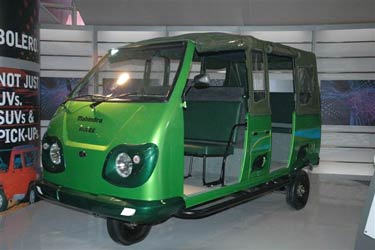
VIKRAM SAFA

Robert Anderson
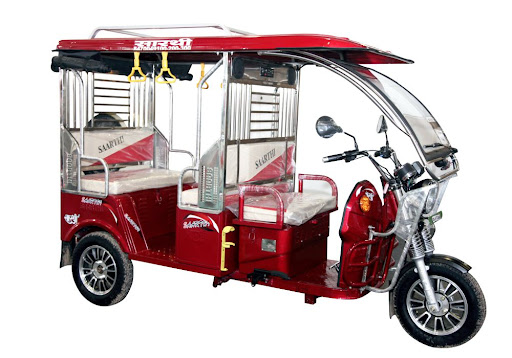
e-Rickshaw
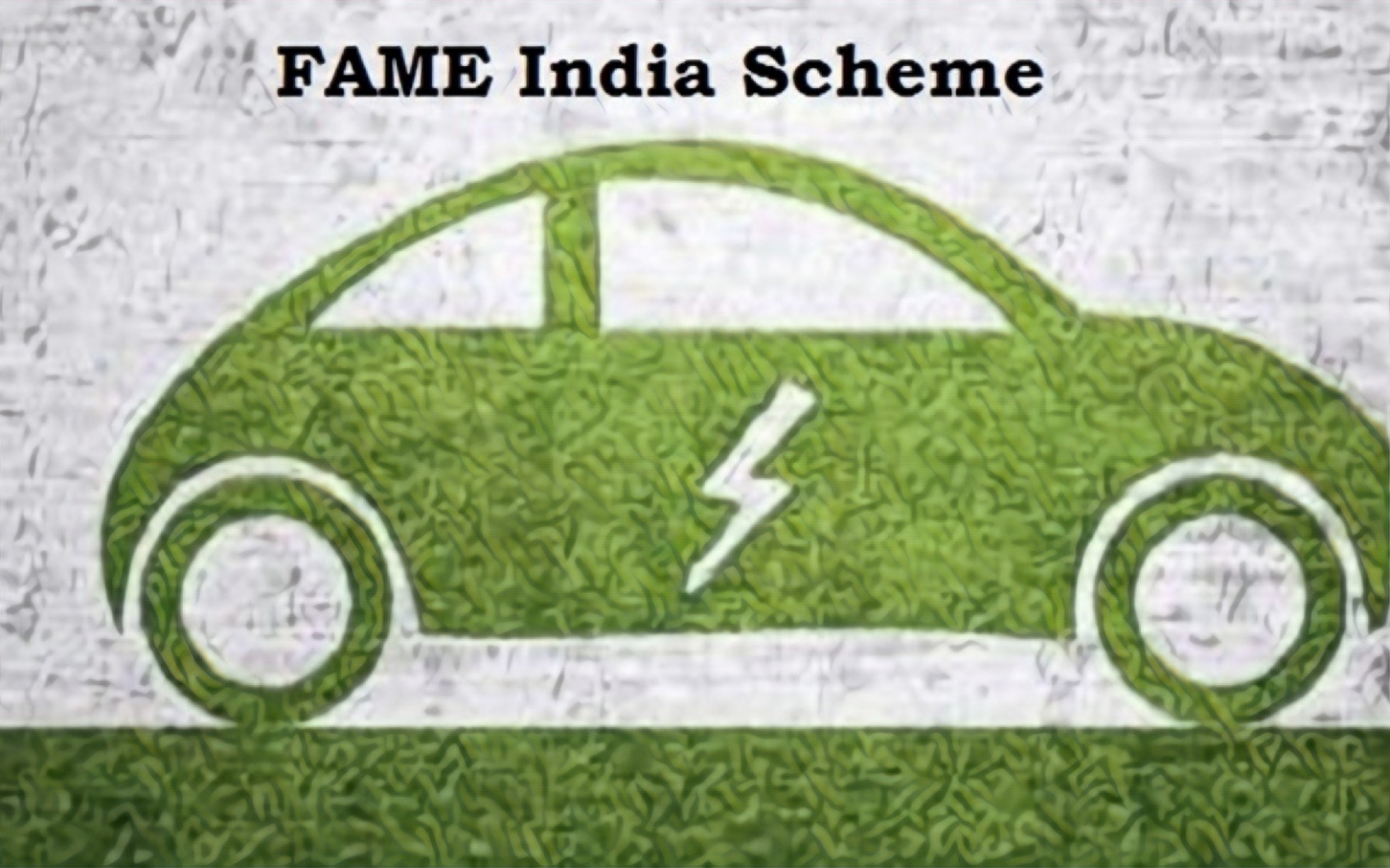
FAME
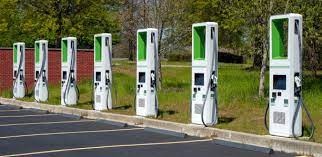
Charging Inftastructure
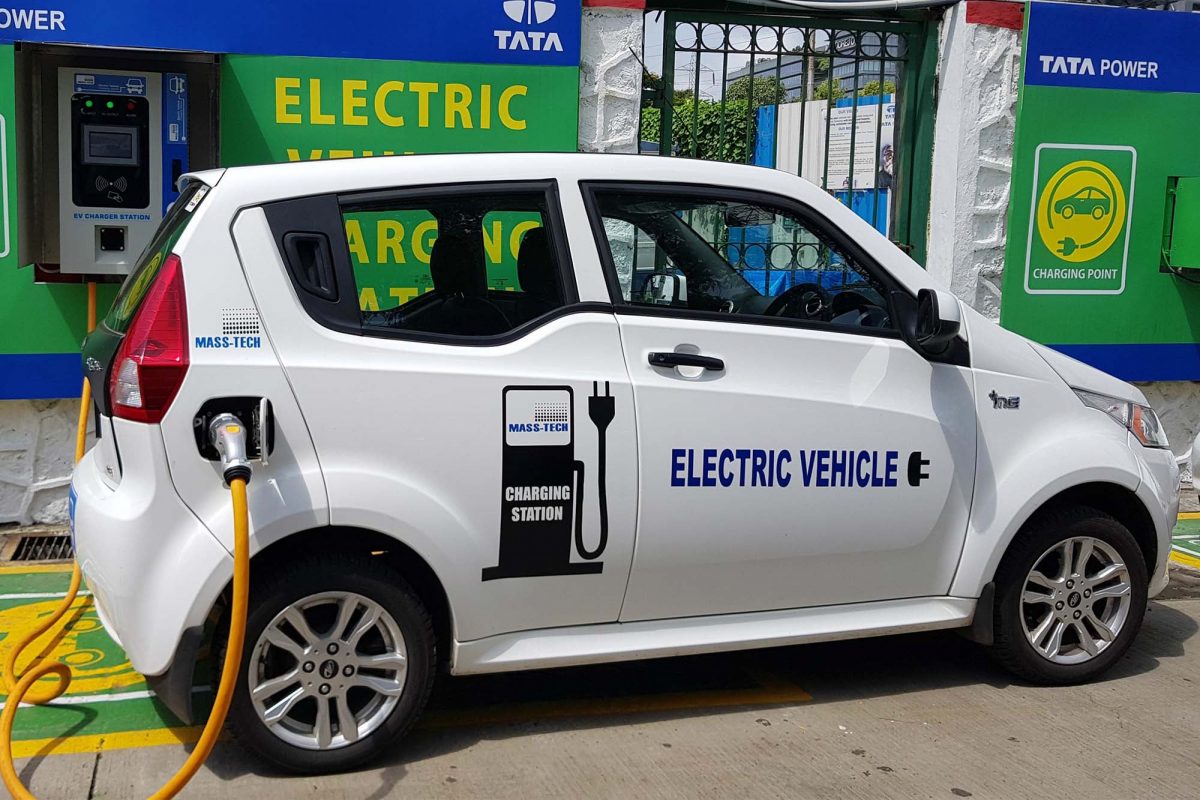
Electric Vehicle
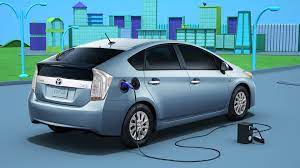
Hybrid Vehicle
